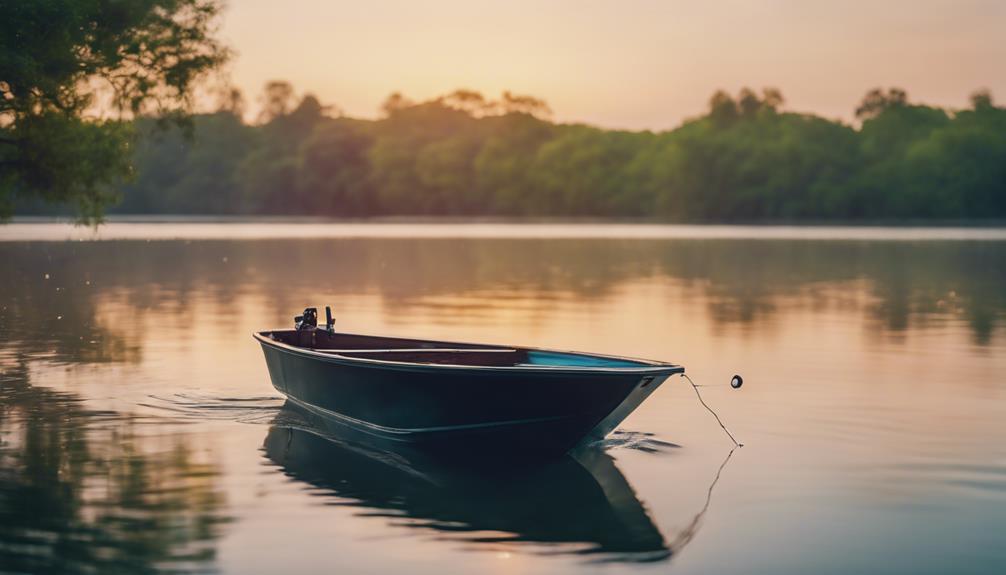Fishing is more than just a recreational activity; it’s a way to connect with nature, relieve stress, and enjoy quality time with family and friends. However, to make the most of your fishing experience, having the right fishing tackle is essential. In this comprehensive guide, we’ll explore what fishing tackle you need to ensure a successful fishing trip, whether you’re a beginner or an experienced angler.
Understanding the Basics of Fishing Tackle
When it comes to fishing, the term “tackle” encompasses all the equipment used to catch fish. This includes rods, reels, lines, hooks, lures, and bait. Your choice of tackle can greatly influence your success on the water. Understanding the different components of fishing tackle is crucial for selecting the right gear for your fishing style and target species.
For instance, if you’re aiming to catch bass, you might opt for a baitcasting rod and reel, while for trout fishing, a spinning setup might be more effective. Knowing what fishing tackle is suited for your specific needs can make a significant difference in your fishing outcomes.
Choosing the Right Fishing Rod and Reel Combination
One of the most critical decisions when selecting what fishing tackle to use is the combination of fishing rod and reel. The type of rod you choose should be based on the species you are targeting, the fishing environment, and your personal preference.
Rods come in different lengths, materials, and actions. For example, a longer rod may offer better casting distance, while a shorter rod might provide more control. Reels, on the other hand, come in various types, including spinning, baitcasting, and fly reels. Each type has its advantages and is suited for different fishing techniques. Understanding how to pair your rod and reel effectively is key to optimizing your fishing experience.
Importance of Fishing Line Selection
The fishing line is another vital component of your tackle setup. The right line can enhance your performance and increase your chances of landing that big catch. Fishing lines come in three main types: monofilament, fluorocarbon, and braided.
Monofilament lines are versatile and easy to handle, making them a good choice for beginners. Fluorocarbon lines are nearly invisible underwater, making them ideal for clear water fishing. Braided lines offer high strength and sensitivity, making them perfect for heavy cover fishing. When considering what fishing tackle to use, pay special attention to the type of line you choose based on your fishing conditions and target species.
Hooks: The Unsung Heroes of Fishing Tackle
Often overlooked, hooks are one of the most crucial elements of fishing tackle. The right hook can make a significant difference in your ability to catch fish. Hooks come in various sizes, shapes, and styles, each designed for specific types of bait and fish.
When selecting hooks, consider the size of the fish you’re targeting and the bait you plan to use. For instance, smaller hooks work well with live bait like worms, while larger hooks are better suited for lures or bigger baits. Understanding the different types of hooks—such as circle hooks, J-hooks, and treble hooks—will help you make informed decisions about what fishing tackle to include in your gear.
Lures and Bait: Choosing the Best Options for Your Target Species
When it comes to attracting fish, the type of lure or bait you use can make all the difference. Lures are artificial baits designed to mimic the movement and appearance of prey, whereas live bait consists of real organisms like worms, minnows, or insects.
Choosing the right lure or bait depends on the species you’re targeting and the fishing conditions. For example, topwater lures work well for bass during warmer months, while jigs can be effective for catching a variety of species year-round. Understanding what fishing tackle to bring also means knowing how to select the ideal lures and baits for your fishing adventures.
Accessories: Enhancing Your Fishing Experience
In addition to the primary components of fishing tackle, various accessories can enhance your fishing experience. Items such as tackle boxes, fishing nets, pliers, and fish finders can make your time on the water more enjoyable and productive.
A well-organized tackle box can help you keep track of your hooks, lures, and other small items, ensuring you have everything you need at your fingertips. A good fishing net can assist you in landing larger fish without causing harm. Meanwhile, a fish finder can provide valuable information about underwater structures and fish locations, improving your chances of a successful catch.
Maintaining Your Fishing Tackle for Longevity and Performance
Once you’ve invested in quality fishing tackle, it’s essential to take care of it to ensure its longevity and performance. Regular maintenance can prevent wear and tear, ensuring your gear is always ready for your next fishing trip.
For rods and reels, clean them after each use to remove dirt and saltwater. Inspect your fishing line for frays and replace it as necessary. Hooks should be kept sharp to ensure better penetration when you hook a fish. By following these maintenance tips, you can prolong the life of your tackle and enhance your overall fishing experience.
Final Thoughts: What Fishing Tackle Will You Choose?
In conclusion, understanding what fishing tackle to use is fundamental for any angler looking to maximize their fishing success. From selecting the right rod and reel combination to choosing appropriate hooks, lures, and accessories, each component plays a vital role in your fishing experience.
Whether you’re a novice or a seasoned pro, taking the time to understand your tackle options can lead to more successful fishing trips and memorable moments on the water. So, the next time you plan a fishing adventure, consider what fishing tackle you need to bring along, and get ready for an exciting day of fishing.
By following this guide, you’ll be well-equipped to choose the right fishing tackle, making your next fishing outing not just a trip, but a successful adventure. Happy fishing!
